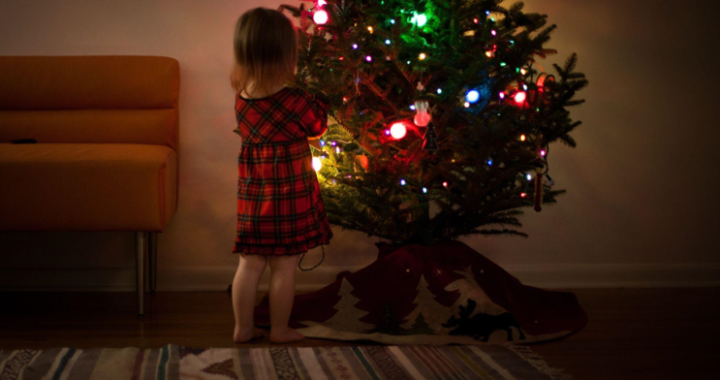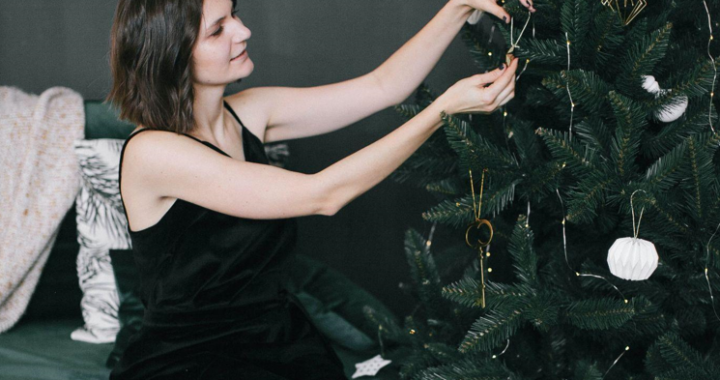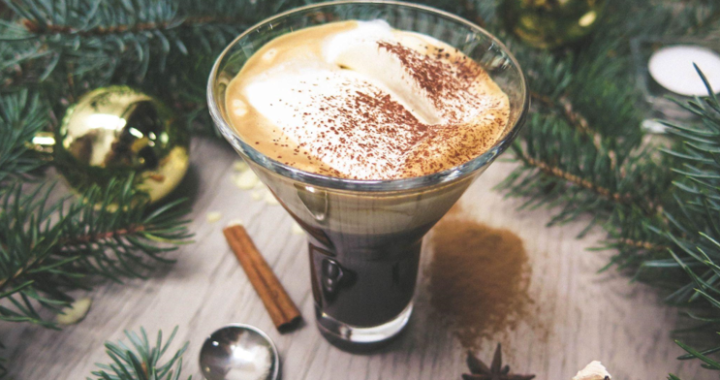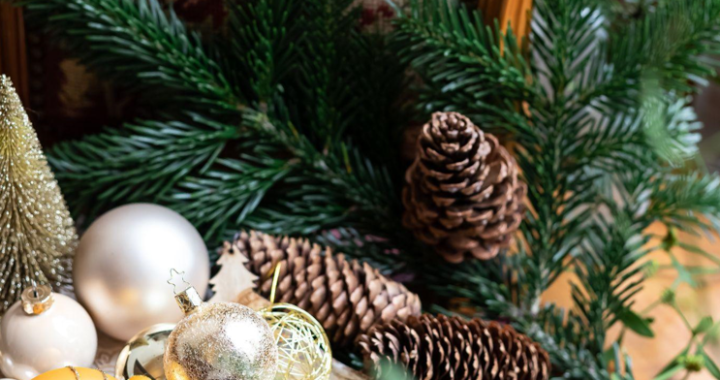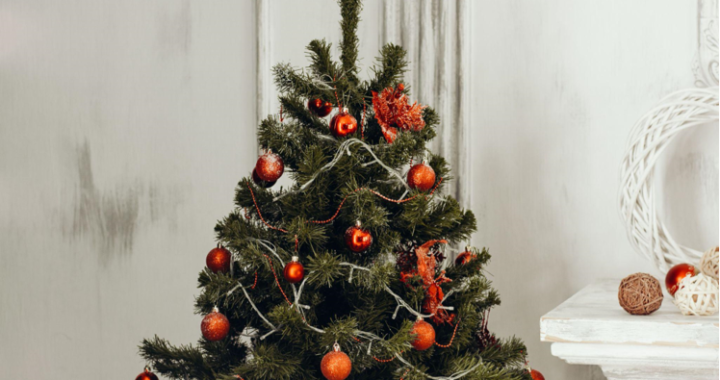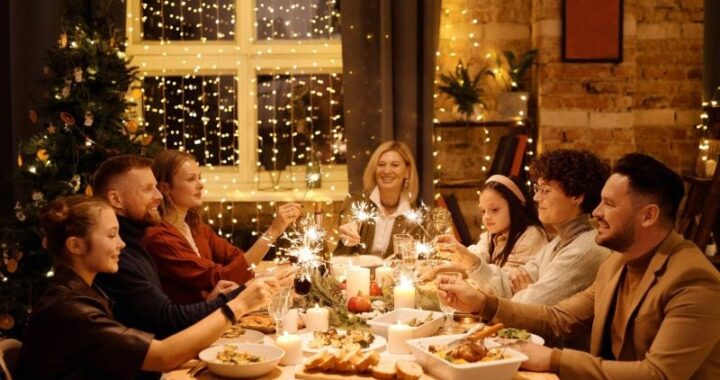As the winter season approaches, families begin to prepare for the festivities of Christmas. This joyous holiday is celebrated with family togetherness, Santa Claus, and church, but the Christmas tree is one of the most iconic symbols of the holiday season.
Whether you’re a long-time Christmas enthusiast or just starting, selecting the perfect size Christmas tree for your 10-foot ceiling is one of the most important decisions you’ll need to make. A too-small tree can be disappointing, while an oversized one can be overwhelming. Here’s what you need to know to choose the right size for your space.
The Importance of a Perfectly-Sized Christmas Tree
First and foremost, the size of your Christmas tree should complement the room it’s in. A too-small tree in a large room can make it look barren, while an oversized tree in a small room can make it feel cramped and cluttered. Additionally, an appropriately sized tree will ensure safety and stability.
When selecting the perfect size tree, consider the height of your ceiling. For a 10-foot ceiling, you’ll want a tree between 8 and 9 feet tall to have room for the topper and some clearance between the tree and the ceiling. You’ll also want to consider the width of the tree, making sure it fits well into your space without infringing on other furniture or decorations.
Tips for Choosing the Right Size Christmas Tree
To help you choose the perfect-sized tree for your 10-foot ceiling, here are some tips to keep in mind:
Measure your ceiling height, floor space, and the area where the tree will be placed.
Consider the width of the tree and ensure that it fits in the space without being too broad.
Remember to add at least 6 inches for the tree stand.
Choose a tree with evenly spaced branches for optimal decoration placement.
Consider the tree’s weight and ensure it is stable enough to hold decorations.
Select a tree with a pleasing scent to fill your home with the season’s fragrance. Fraser and Balsam firs are popular options.
Look for trees with a straight trunk that will fit nicely into the stand and offer maximum stability.
Conclusion
Choosing the right size Christmas tree for your 10-foot ceiling is a crucial decision that can make all the difference in your holiday decor. Following our tips and recommendations, you can ensure that your tree complements your room while being safe and stable. Enjoy the warmth and togetherness of the season with a perfectly sized Christmas tree to celebrate Santa Claus and the church’s traditions.


